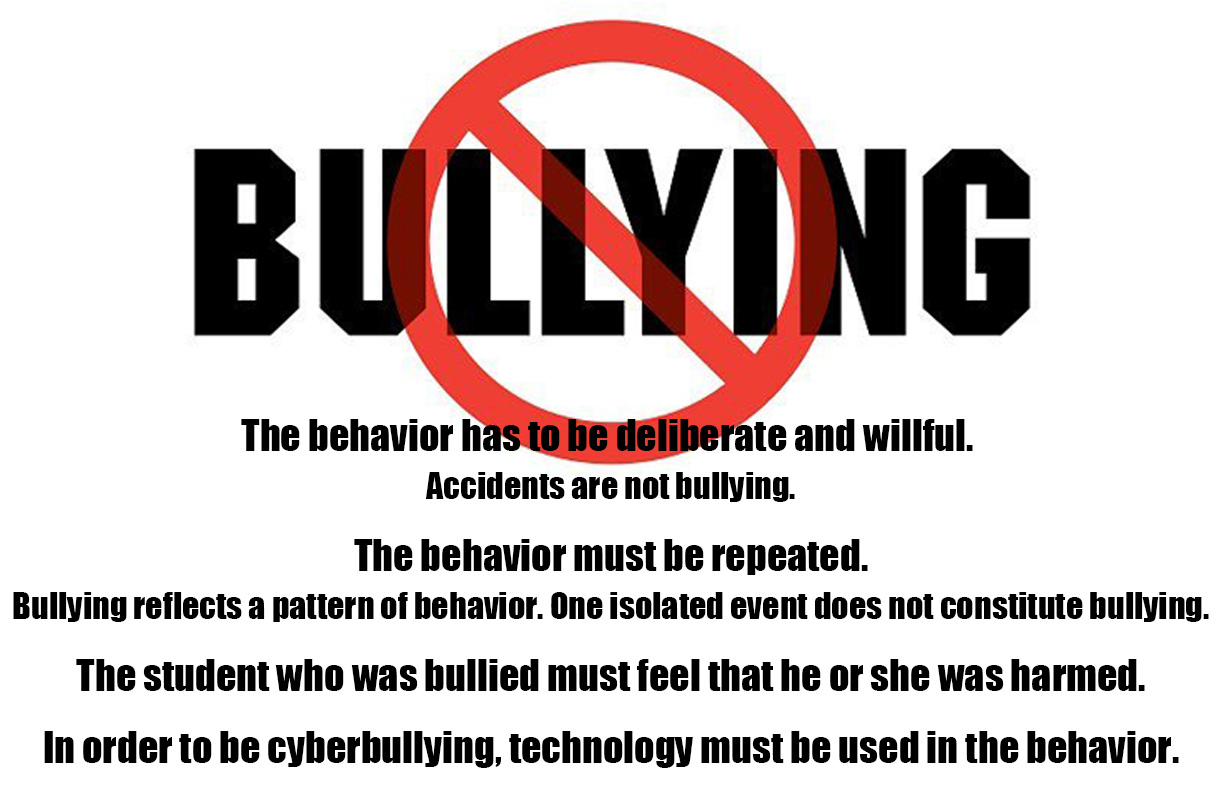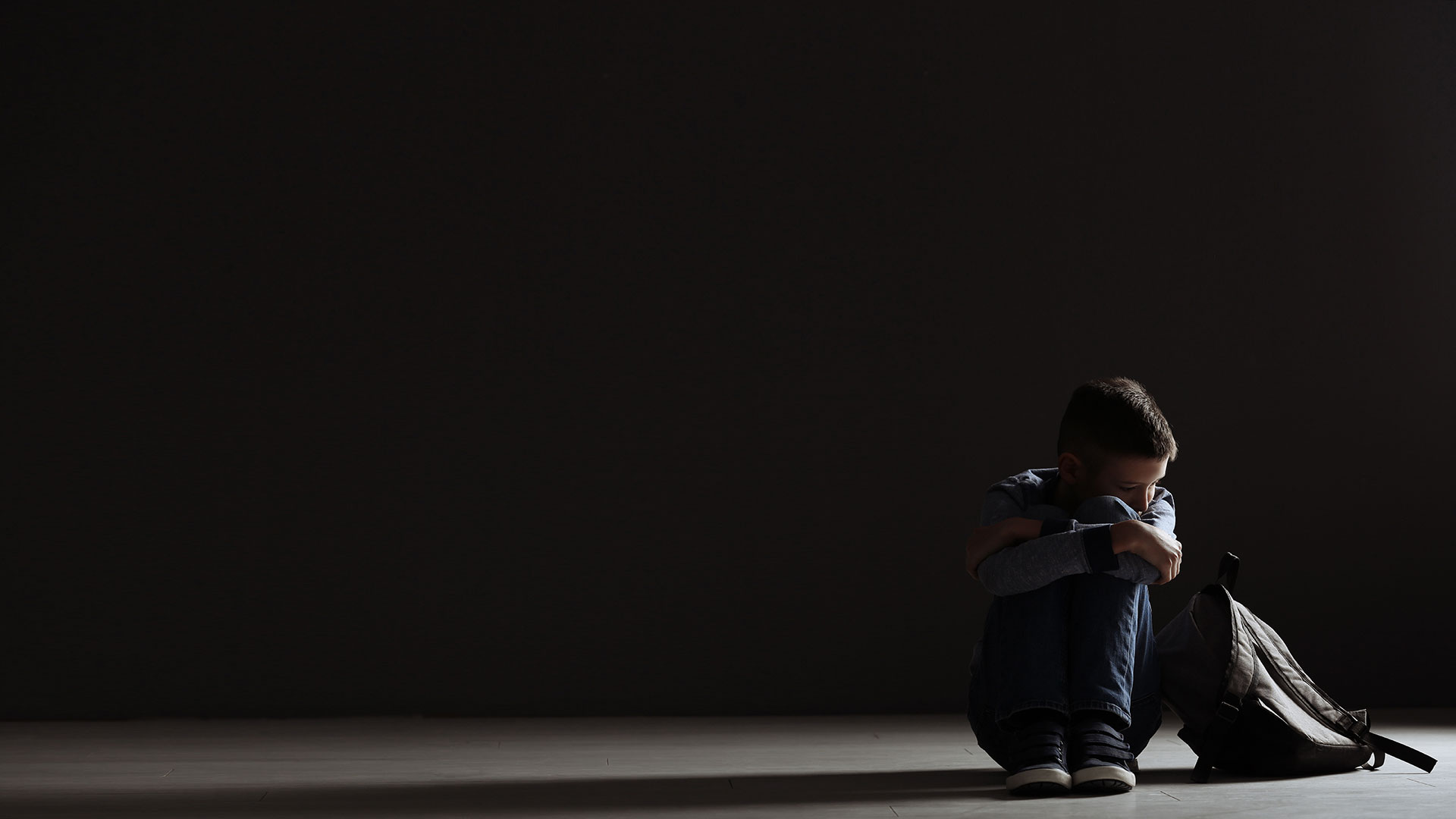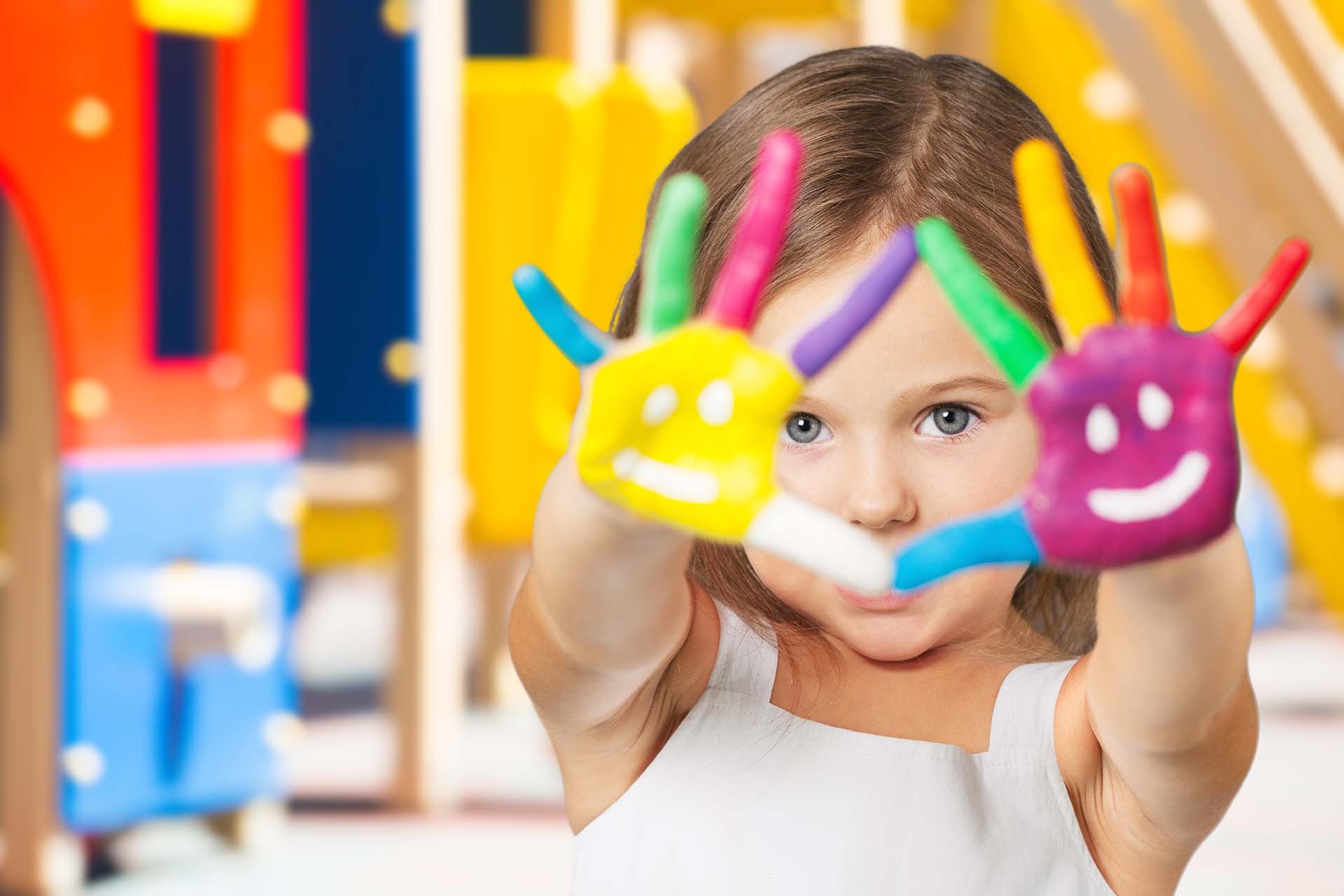
Snake Bites: Should You Be Concerned?
July 7, 2021
Cyberbullying: Aggression in Our Children (Part 2)
August 13, 2021by Susannah Wollman
“Bully!” The term has been around since before your grandparents were young, but bullying has evolved until now it sometimes becomes a life-and-death issue. Here’s what you need to know.
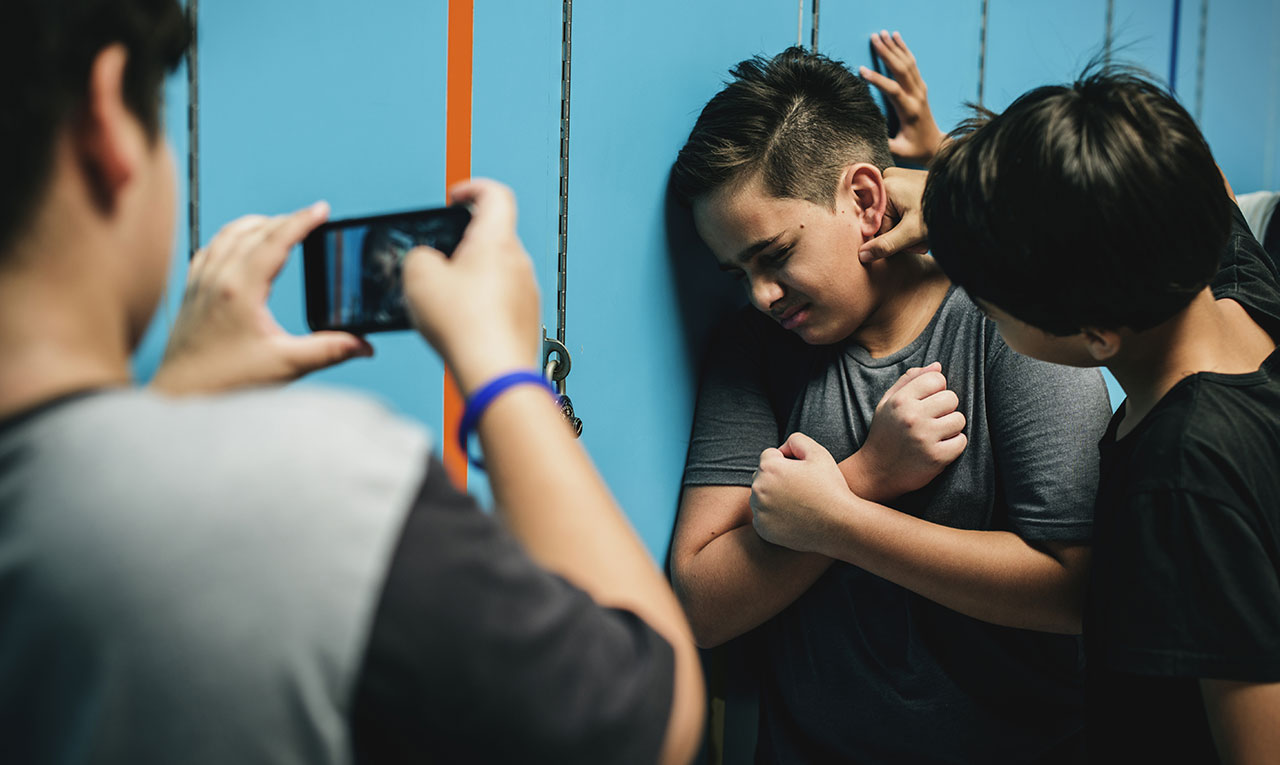
Isn’t bullying just a symptom of “kids will be kids”?
The term “bullying” was first used in an English literary work (Charles Dickens’ Oliver Twist), as early as 1838, but in recent years it has grown beyond simply kids being kids. The urge to subjugate others through intimidation and violence has become epidemic in our schools.
The issue of bullying came to light in 1970 when Dr. Dan Olweus initiated the world’s very first research into bullying. Another eleven years would pass before the first anti-bullying law was proposed by Dr. Olweus, who had always considered school safety a fundamental human right. The research he had done more than a decade earlier showed that students were being subjected to the repeated humiliation implied by bullying.
Taunts and intimidation resulted in the shocking incident in Columbine in April, 1990 when two teen boys who had been bullied in school sought revenge on their classmates. They brought 50 bombs to school and then wounded 23 people and killed thirteen, taking their own lives in the process.
The problem only got worse as access to the internet and cell phone use increased until today, cyberbullying has become epidemic. Cyberbullying is defined as using technology to harass, threaten, embarrass, or target another person. By definition, it occurs among young people. (See Part 2)

The Journal of the American Medical Association reported in 2001 that more than 160,000 students were cutting classes and skipping school to avoid the anxiety and fear of being bullied by their peers. By 2002, the U.S. Secret Service and the Department of Education came to the conclusion that many school shootings were the result of bullied youngsters finally having enough. According to School Shooting Statistics that year, one key finding was that in 37 incidents involving 41 school shootings, the shooters experienced bullying, persecution, or injury by other students before the shooting spree began.
Today, all 50 states have anti-bullying laws in effect, although those laws vary from state-to-state, and not all of the laws apply to school bullying. It is now far beyond kids just being kids.
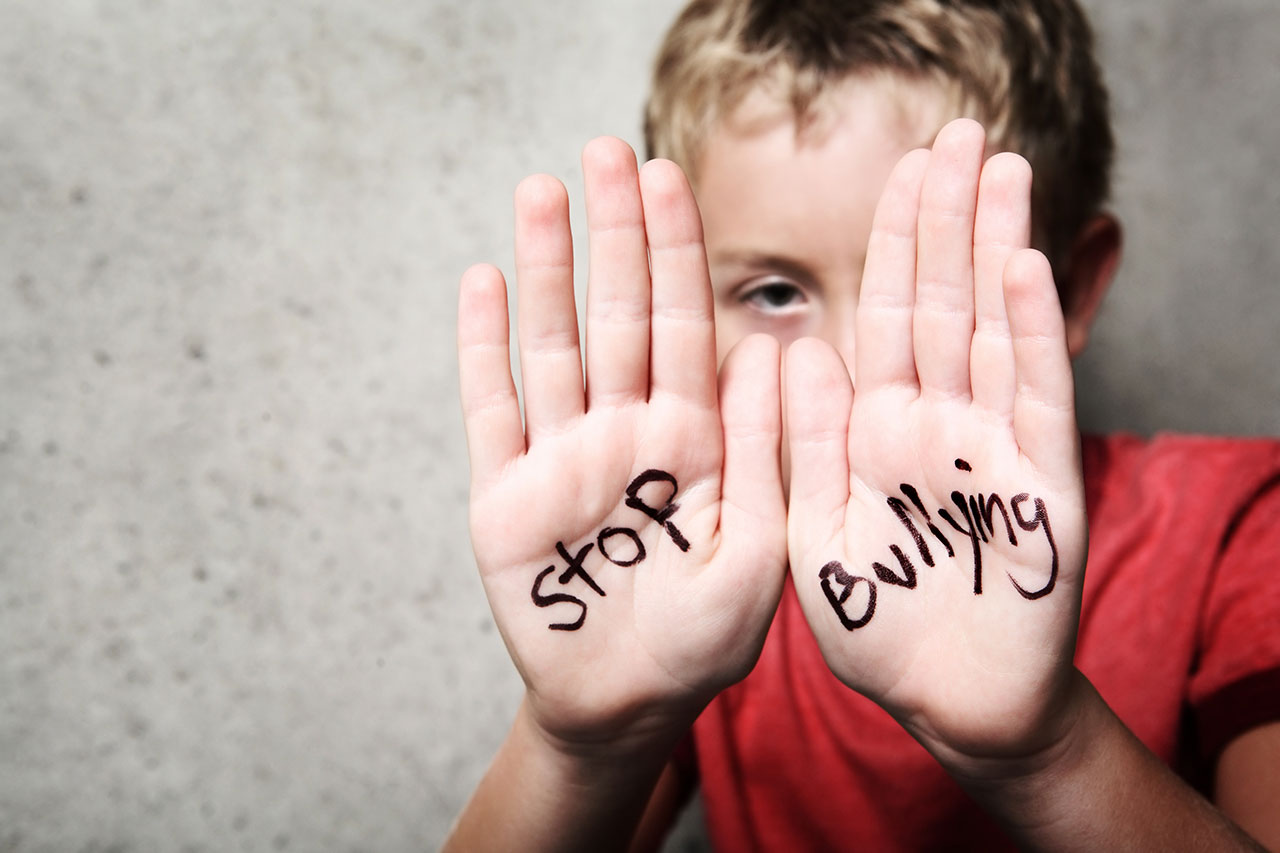
Why is bullying so prevalent?
The statistics are alarming. Here is what the students themselves report.
- More than 20% (1 in every 5) students report having been bullied.
- Bullying at school happened:
– 42% in the hallway or stairwell
– 34% inside the classroom
– 22% in the cafeteria
– 19% outside on school grounds
– 10% on the bus
– 9% in the bathroom or locker room - Reasons for bullying include
– Physical appearance
– Race/ethnicity
– Gender
– Disability
– Religion
– Sexual Orientation
It is reported by administrators that school-based bullying prevention programs decrease the rate by up to 25%.
Perhaps you are as stunned as I was by the statistic that showed the second largest incidence of bullying happened in the classroom. Where were the teachers?
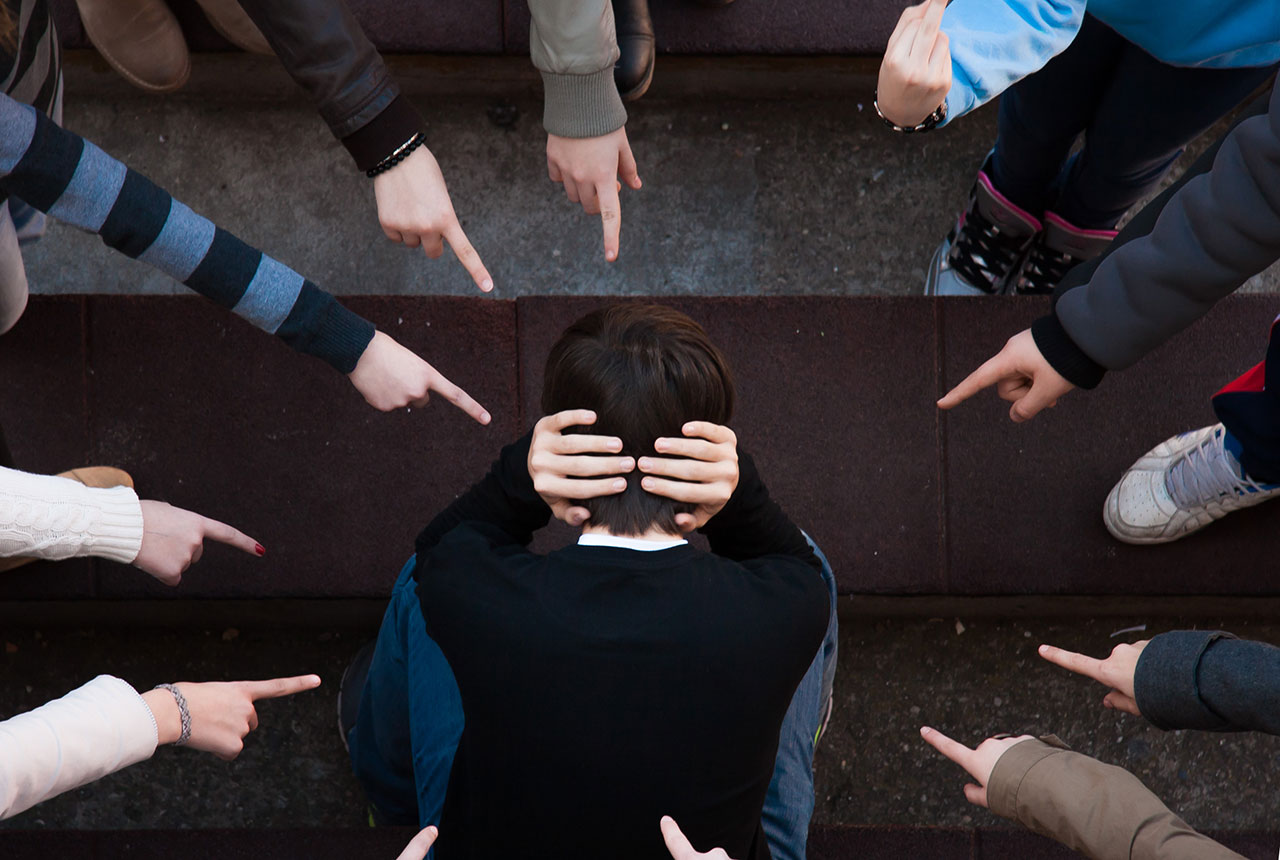
What causes bullying?
Look at this list of intentions that could be driving bullying:
- Bullying is intentional harm, so if your suspicions are high, take a look at what could be influencing their behaviors. It is important to find the root cause if you want the bullying to end.
- What is the overall household dynamic? If there is aggression or pent up frustration in the household, that could definitely translate to unwanted aggression in the classroom.
- Social settings. Their behaviors here can indicate what is going on in social settings. Popular children may be bullies. Loners may find themselves being bullied.
How do they feel about themselves? Often, if a child feels either entitled or abandoned, he or she will act out in an aggressive behavior, which might lead to bullying others.

Consequences of school bullying
Depression is increasing as students buckle to the idea prevalent in bullying that they are somehow at fault. If they escape without developing depression during their school years, they are more likely to develop this mental disorder in adulthood.
When students are conditioned to be victims through bullying in school, they can continue to believe themselves victims throughout their entire lives, leading to unhappiness no matter what they do.

With the new school year right around the corner, what is a parent to do?
Is my child being bullied?
Sometimes even the child doesn’t really know if what is happening is bullying. Teaching your child to know the signs of bullying is crucial to safety and happiness. Try open-ended questions that encourage your child to express his or her feelings as well as mere facts. Remember that there are both physical bullying and psychological bullying.
Warm your child up to “having the talk” by starting generally and then getting more specific. For instance, ask about your child’s bus ride to school.
“How was the bus ride to school today?”
“Have you noticed anyone being mean on the bus?”
“When you see someone being mean on the bus, how does it make you feel?”
“Has anyone ever been mean to you on the bus?”
“Do you think he/she was mean on purpose?”
“Was [the other child] mean to you more than one time?”
“Is [the other child] bigger or stronger than you are?”
“Are you afraid to get on the bus?”
Sometimes children are reluctant to talk about being bullied for fear of ridicule or reprisal. Being casual when opening up this conversation is especially useful for the child who doesn’t feel safe talking about bullying situations.
“Who sat by you at lunch today?”
“Who is the strongest kid in your gym class?”
“You seem to be feeling sick a lot recently. Can you tell me about that?”
“Are kids making fun of you at school?”
“Are there a lot of cliques at your school?”
“What do you think about cliques?”
“Are teachers ever mean to anyone at your school?”
“What do they do that is mean?”
The most important thing is to get your child’s perspective on what’s going on. If you see your child’s grades dropping, being quieter or louder than usual, wanting to stay home, or “missing the bus” a lot, you need to have this important conversation.

Is my child a bully?!
The signs of your child becoming a bully are easy to overlook, especially as we see behavioral changes in lots of kids following the prolonged lockdown from the Covid-19 pandemic. More and more kids are having emotional problems as their friends change from neighborhood pals to internet relationships.
Watch for the following four signs.
- Physical aggression. Many bullies have short fuses, but some bullies don’t seem angry—only violent.
- Verbal aggression. Bullies wound with their words as well as their fists.
- Extreme competitiveness. Bullies always need to win.
- They have little to no remorse. It does no good to ask a bully how he would feel if the same thing happened to them. They lack remorse and want to blame others for their actions.
In younger grades, it is much easier for parents and teachers to see bullying in children. They don’t have the finesse to fool adults into thinking they are innocent. However, in middle school and high school, they can more easily fly under the radar. A socially popular child can persuade their friends to turn on another child so that instead of a single bully, it becomes group bullying.

In Part 2 of this series, we will take a closer look at cyberbullying and discuss what to do if you discover bullying in your child’s school. Stay tuned!
